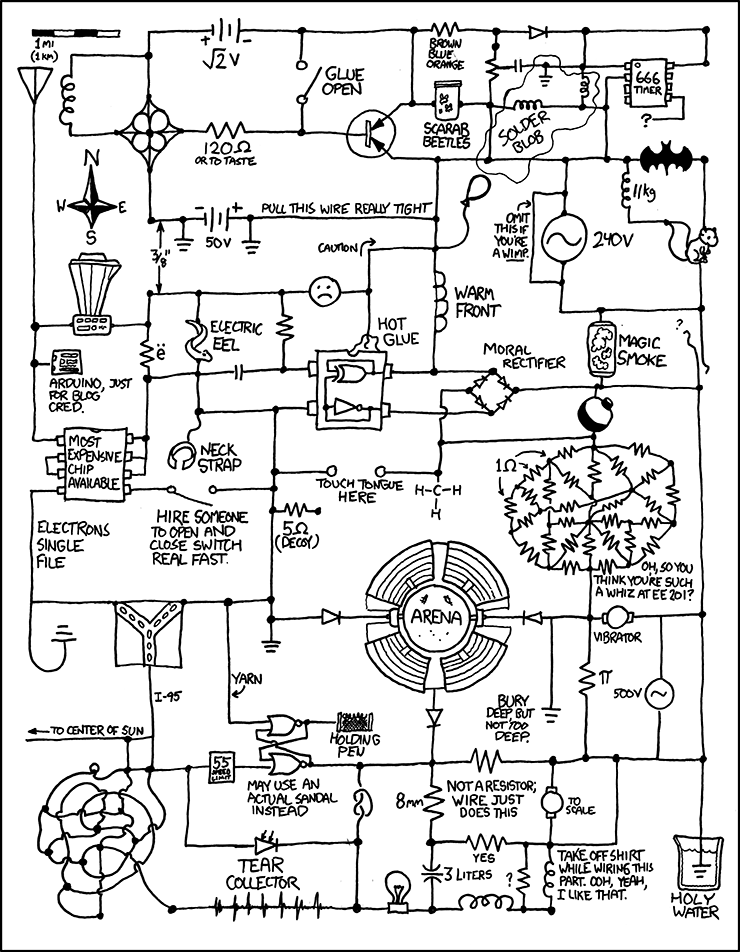Quote:
|
Originally Posted by Funfinder
I found essential info about the most important part of any short or long range MD - the coil!
Read this:
http://www.vlf.it/matteobruna/ULF_Induction-Coil.htm
On some other article of this page
http://www.vlf.it/minimal2/minimal2.html
i found this info:
and:
We should keep this in mind if we want to detect metal from far distances.
And if the Alonso PD really works at around 60kHz, the coil would need alot turns. And the thicker the copper wire the better, because of the electric resistance of the copper.
Here's the easyloop receiver:
http://www.vlf.it/easyloop/_easyloop.htm
Just we don't want to listen to VLF (very low) or ELF (extremly low) signals but need those low freqz. for better ground penetration.
The coil has to be unshielded for most gain and will detect the magnetical "interference" between earth and buried metal object (plus perhaps the electrostatic).
We should find out what coil has the best gain.
An usual air-core-coil or a ferrite-core-coil.
The directional effect should be the same, but instead of air the ferrite or other high permeabe material cored coil would be much smaller and light weighter.
1000-2000 turns around a 15cm ferrite should work. For making it more broadband and less "selective" scramble winding could be used.
For the beginning I guess also not very-low-noise op-amps will do it. Because we want to detect the change in electroMAGNETIC-field metal objects cause and not 1000km away radio-signals.
Perhaps also a VLF-transmitter should be used if the "background energy level" isn't strong enough.
btw. if the special magnetic coil really is very very sensitive and directional, it could detect even far metal only by "impedance changing effect".
In this case a very sensitive and stabilized oscillating coil would detect the magnetical losses or changes if some metal is "near". Using high voltage this circuit also would recognise if an electrode or cathode = the attracting metal object, is near. Depending on the humidity even buried ones.
Combining those both techniques including very selective and sensitive electrostatic plus eventually extra gradio- or magnetometer at least has to lead to some real working LRL device!
I'm just hoping I'll finding more and more such important info by for getting puzzle piece by puzzle piece the whole picture... |
This is an interesting post. I see a new approach to discovering the secret of long range detection that has not been advocated in this exact manner before.
We start out with the ultimate secret to long range locating of treasure with the essential information centered around the receiving coil. As we can see, the secrets are revealed in two website links posted by an Italian experimenter who tells us how to build VLF and ULF coil antennas that operate between 1 Hz and 22 KHz to listen to earth signals.
Cool! The secret to long range metal detection is hidden in this Italian experimenter's coil antennas for listening to earth signals between 1 and 22 KHz!
I never would have guessed it.
And all this time I was thinking Morgan had his antenna set to 60 KHz, while others set for 120 Khz for detecting metals long range.
But wait... The Italian experimenter did not say his antennas are good for locating metals at long distances. He said they are good for listening to strange earth signals from 1 to 22 KHz while ignoring a lot of noise signals. He never claimed his antennas or any of his experiments were capable of locating buried metal.
But not to worry... you have your back covered with high voltage electrodes and selective and sensitive electrostatic plus eventually extra gradio- or magnetometer, just in case the ultimate antenna doesn't work!
This raises an interesting question: How did this Italian ULF/VLF experimenter become the new solution to long range metal detection? I mean... how is it that methods to reduce noise while listening to strange ULF/VLF signals are the key to detecting specific buried metal objects (gold, for example)?
And it raises an even more important question: What exactly is the nature of the "treasure signal" that your proposed apparatus is intended to detect?
For example:
Do you intend to detect a spontaneous VLF signal that is emitted from a piece of buried metal?
Do you intend to detect a signal that is broadcast, then reflected from a piece of buried metal?
Do you intend to detect a change in a signal that is broadcast, then absorbed by a piece of buried metal?
Does magic play a major role in your methodology?
Do you have any clue what signal you are trying to detect?

I sure don't.
P.S. Here is an equally viable method for long range detection that was originally posted by
Götz von Berlichingen :

Best wishes,
J_P